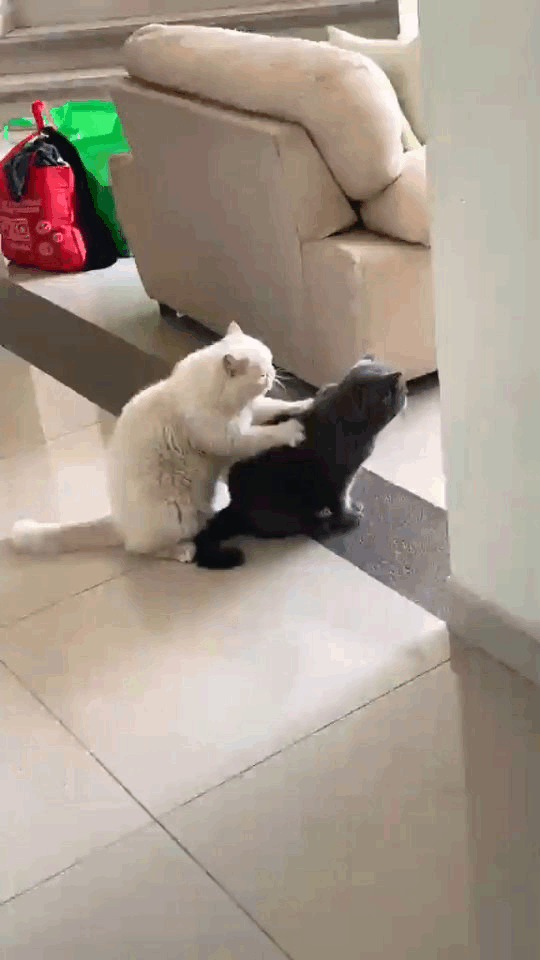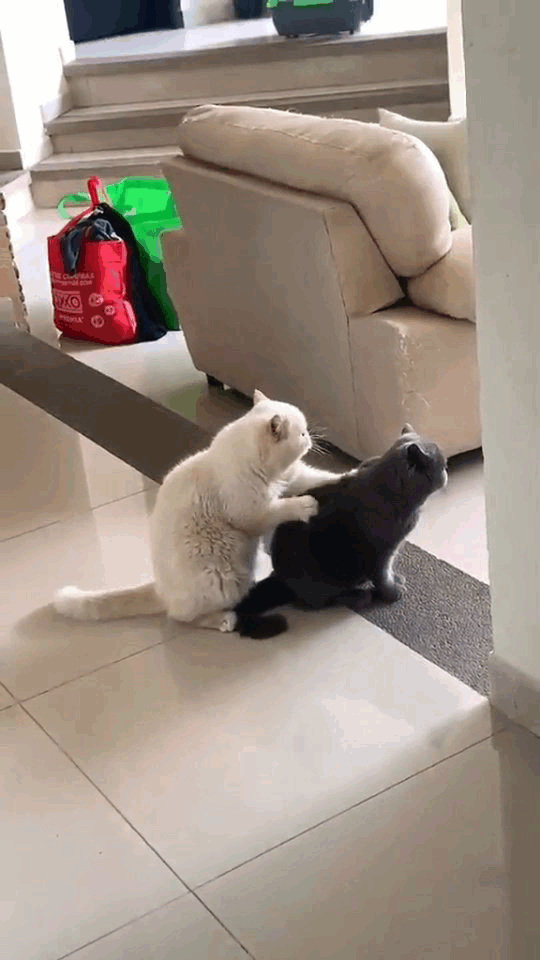#Plants
Text

Nobuyoshi Araki: Orchid (2016)
679 notes
·
View notes
Text
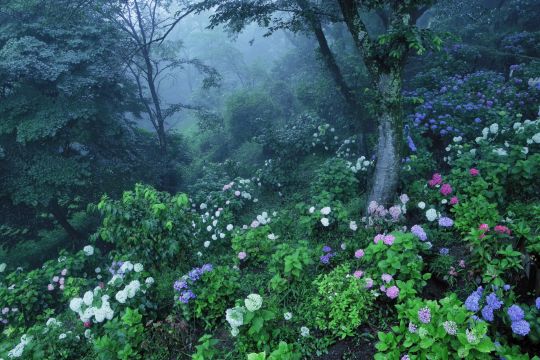
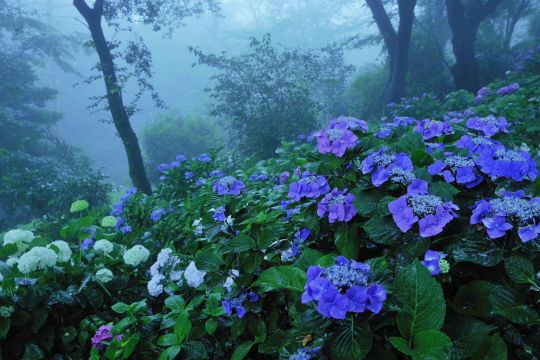
by watarase
#landscape#fog#mist#forest#spring#hydrangea#plants#trees#nature#naturecore#flowers#woods#curators on tumblr#uploads#rain
774 notes
·
View notes
Text
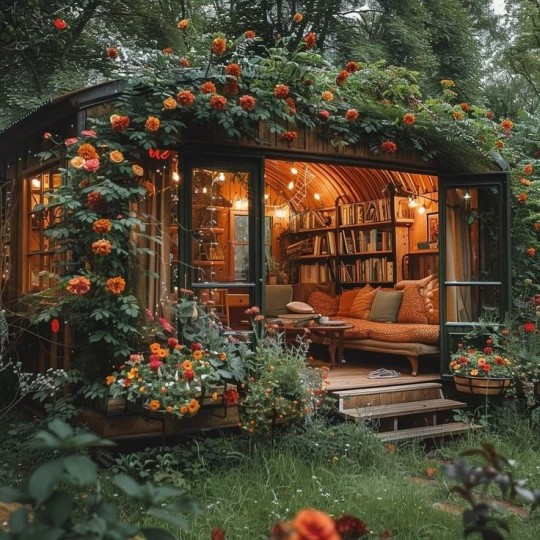
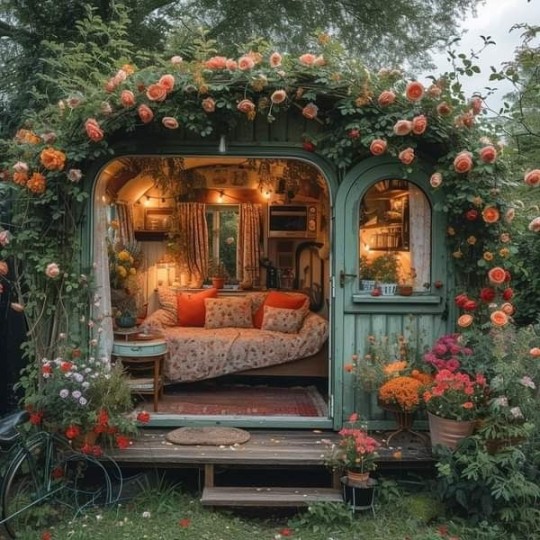

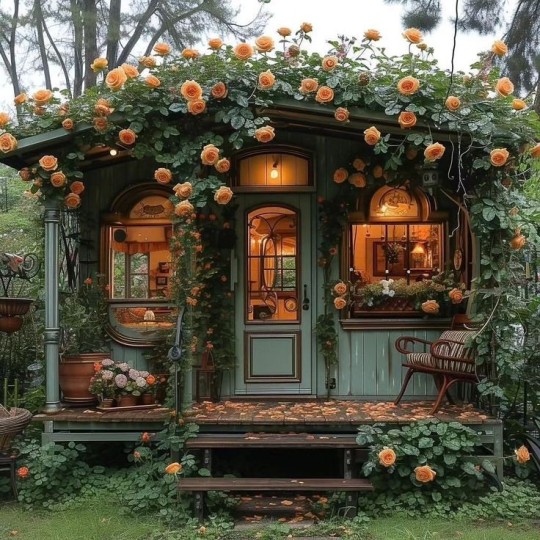
㋡🥀
#nature#art#design#beauty#scenery#summer#cute#photographers on tumblr#artwork#artists on tumblr#cottagecore#naturecore#plants#inspiration#motivation#alternative#aesthetic#travel#photography#landscape#paradise#adventure#exlore#traveling#indie#style#vintage#retro#pretty#dark academic aesthetic
799 notes
·
View notes
Text
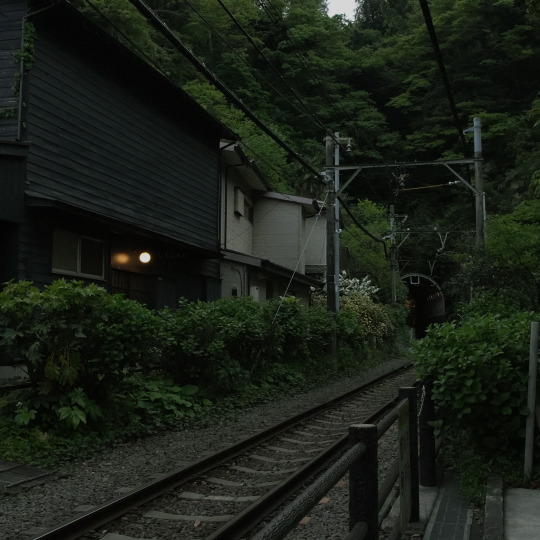


Kamakura, Japan. ♡
#curators on tumblr#green#nature#plants#aesthetic#train#landscape#insp#japan#kamakura#mine#edit#enoden#˗ˋˏ ♡ ˎˊ˗
1K notes
·
View notes
Text

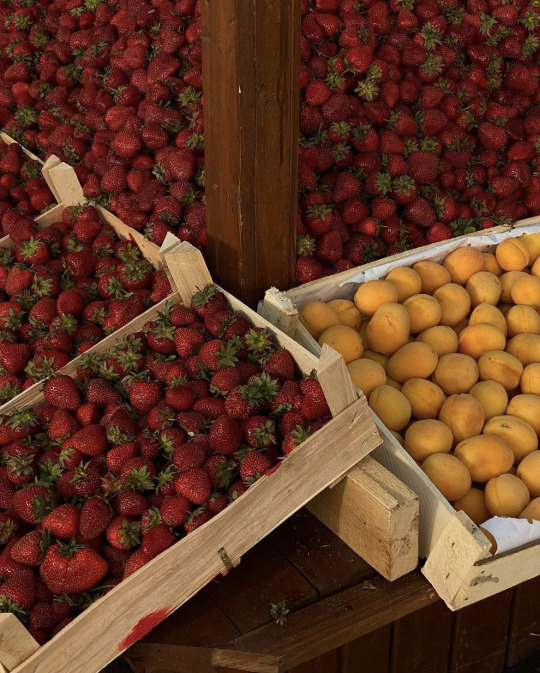
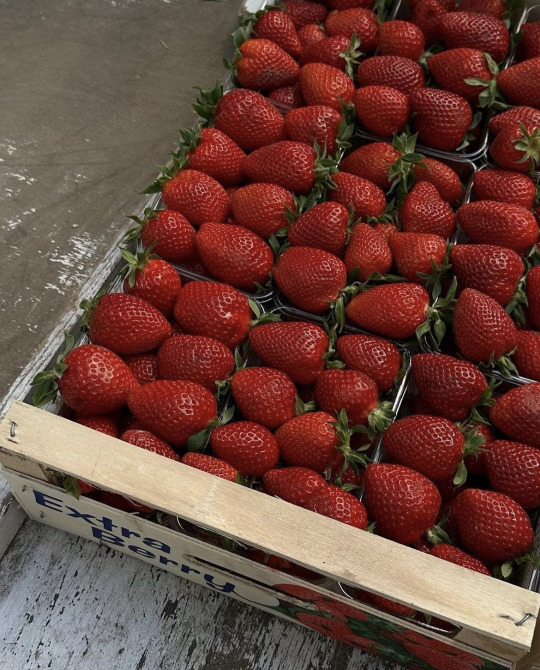
#photography#photographers on tumblr#post#artists on tumblr#nature#art#design#beauty#scenery#flowers#cute animals#cute#artwork#cottagecore#naturecore#plants#aeshetic#travel#landscape#paradise#adventure#style#vintage#retro#pretty#motivation#inspiration
347 notes
·
View notes
Text
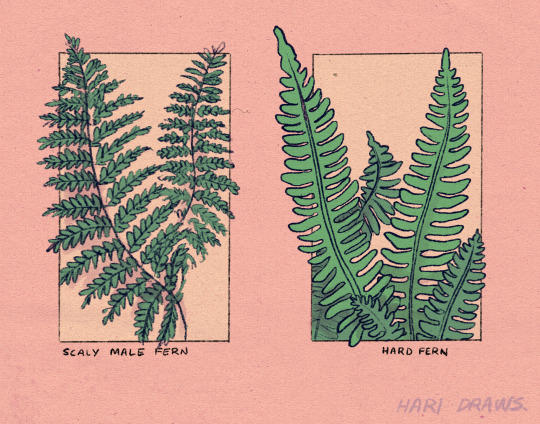

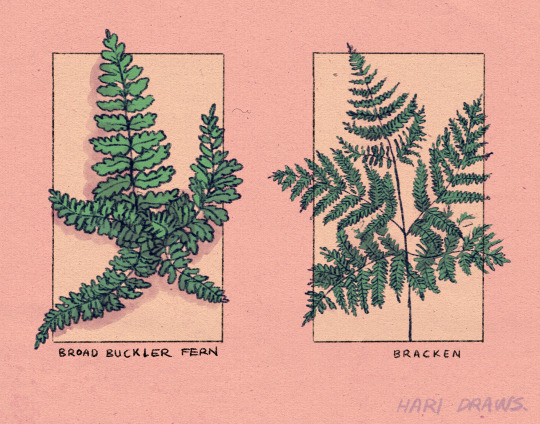
ferns ferns ferns
#(chanting) FERNS FERNS FERNS#fern gang rise up#plants#forest#while figuring out how to tag this. I went back through my own 'plants' tag and found... a fern classification drawing from 8 years ago#ferns are my forever girl actually
329 notes
·
View notes
Text
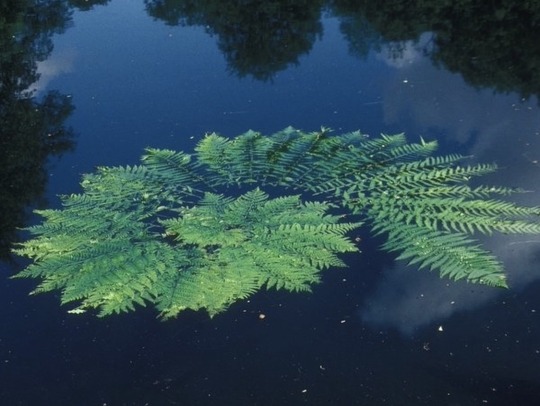
Liz McGowan: ‘Fern Ammonite’ (1992)
#liz mcgowan#art#photography#nature#naturecore#water#water aesthetic#watercore#pond#fairycore#forest#forestcore#aesthetic#fern#plantblr#plants#plantcore#greenery#scenery#cottagecore#plant
246 notes
·
View notes
Text
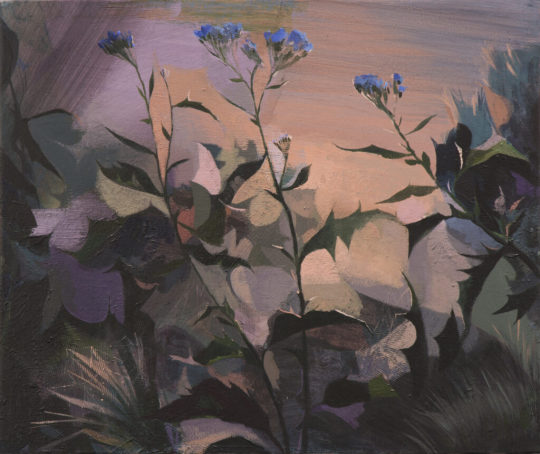
Late-Flowering Thoroughwort - Matt Bollinger , 2023.
American, b. 1980 -
Flashe and acrylic on canvas, 50 x 60 cm.
254 notes
·
View notes
Text
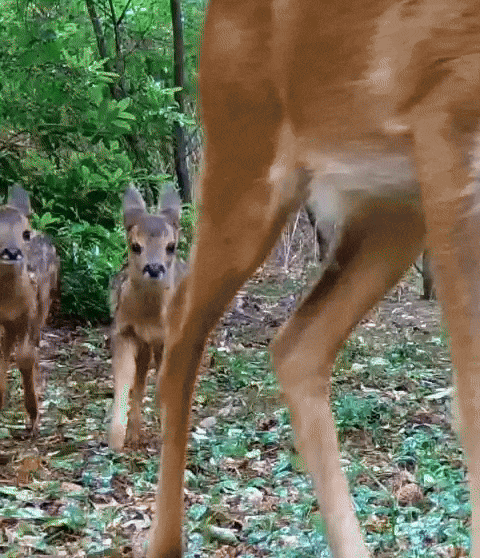
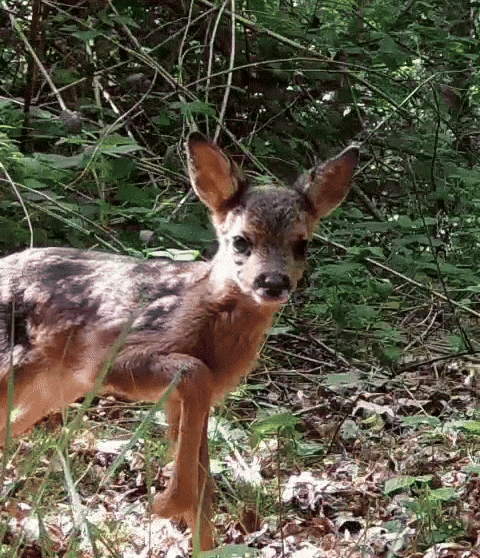
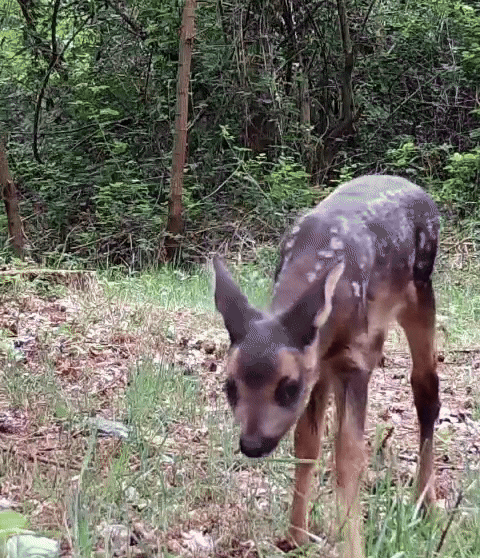
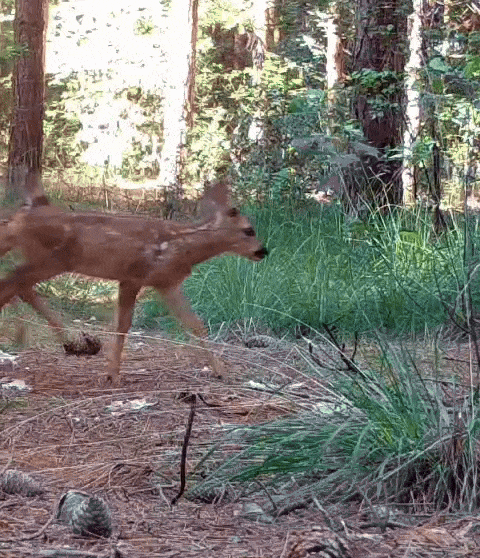
Little Fawns 🌲🦌🍂
Please credit if you use my gifs!
#brown#green#animal#deer#fawn#white tailed deer#doe#baby deer#baby animal#nature#cottagecore#forest#plants#cute animals#trail cam footage#stim#stimmy#stimming#stimblr#sensory#gifset#stim gifs#gifs#animal stim#fizzy gifs
330 notes
·
View notes
Text

Just adore the contrast, so wish the blossom could stick around for a longer time but " I see a poem about life and cherry blossom"
#photography#nature#naturecore#photographers on tumblr#plants#original photographers#flower#flowers#gardening#cherry blossom#cherry#pink#sakura#桜
232 notes
·
View notes
Text

Growing
Watercolor On Black Paper
2024, 9"x 12"
Lilacs
#artists on tumblr#flowers#floral#art#watercolor#artwork#minimalism#painting#nature#plants#lilac#lilacs#syringa#purple#branch#branches#spring#flower#bot#botany#botanical art#botanical#cot#cottagecore
226 notes
·
View notes
Text
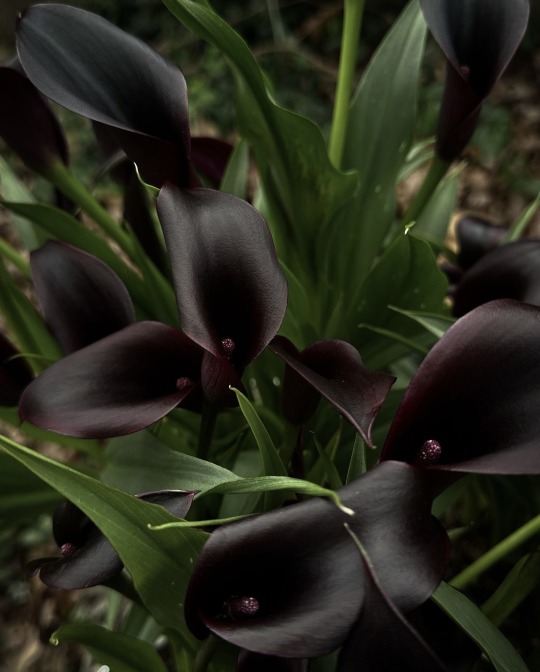
Calla Lily, Odessa
952 notes
·
View notes
Text

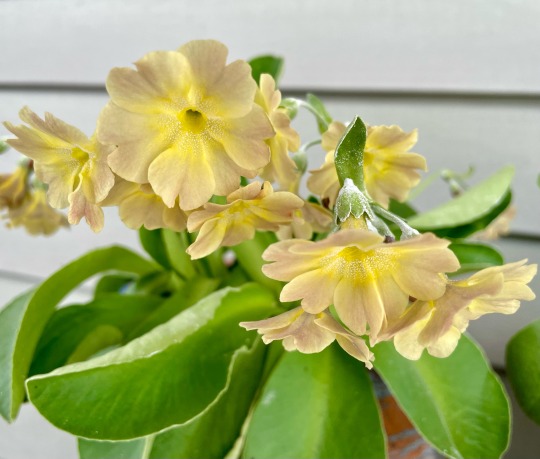


Four primroses blooming in containers right now: the red ones, first and fourth, are Primula eliator ‘Gold Lace’ aka bumblebee primrose and the other two which I grew from seed started in 2020 are Primula auricula, an alpine species. I feel like I could so easily become completely obsessed with growing as many kinds of these as possible. They are, as I’ve heard said of some kinds of food, more-ish!
#pennsylvania#flowers#primula#primula eriator#primula auricula#bumblebee primrose#alpine primrose#april#springtime#I used to have a blue striped kind of zebra primrose but they died :’-(#must get more#plants#plantblr
190 notes
·
View notes
Text




㋡🥀
#nature#art#design#beauty#scenery#cute#photographers on tumblr#artwork#illustration#artists on tumblr#cottagecore#naturecore#plants#inspiration#motivation#alternative#aesthetic#travel#photography#landscape#paradise#adventure#exlore#traveling#indie#style#vintage#retro#pretty#dark academic aesthetic
290 notes
·
View notes
Text
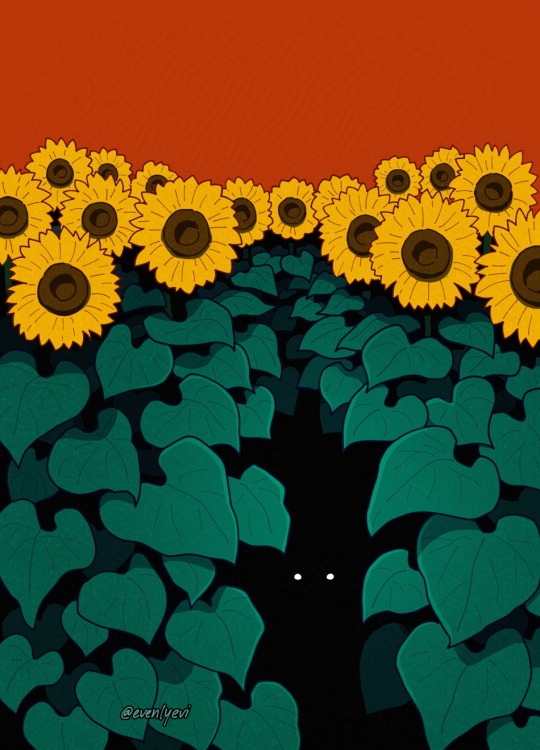
Little friend.
#digital art#original#illustration#plants#sunflowers#eyes#hiii have some sunflowers#🌻#non fandom tag
181 notes
·
View notes
